-
-
 Cardiology
Cardiology
-
 Clinical Oncology
Clinical Oncology
-
 Dental
Dental
-
 Dermatology
Dermatology
-
 Ear, Nose, Throat (ENT)
Ear, Nose, Throat (ENT)
-
 Endocrinology
Endocrinology
-
 Gastroenterology
Gastroenterology
-
 General Surgery
General Surgery
-
 Gynecology & Obstetrics
Gynecology & Obstetrics
-
 Interventional Cardiology
Interventional Cardiology
-
 Nephrology
Nephrology
-
 Neurology
Neurology
-
 Oncology Surgery
Oncology Surgery
-
 Ophthalmology
Ophthalmology
-
 Orthopedics
Orthopedics
-
 Pediatrics
Pediatrics
-
 Pediatrics Surgery
Pediatrics Surgery
-
 Physiotherapy
Physiotherapy
-
 Plastic Surgery
Plastic Surgery
-
 Psychiatry & Psychology
Psychiatry & Psychology
-
 Radiology
Radiology
-
 Urology
Urology
-
 Vascular Surgery
Vascular Surgery
-
Gold/Yellow Vacutainer Tube/Vial – A Comprehensive Guide for Everyone
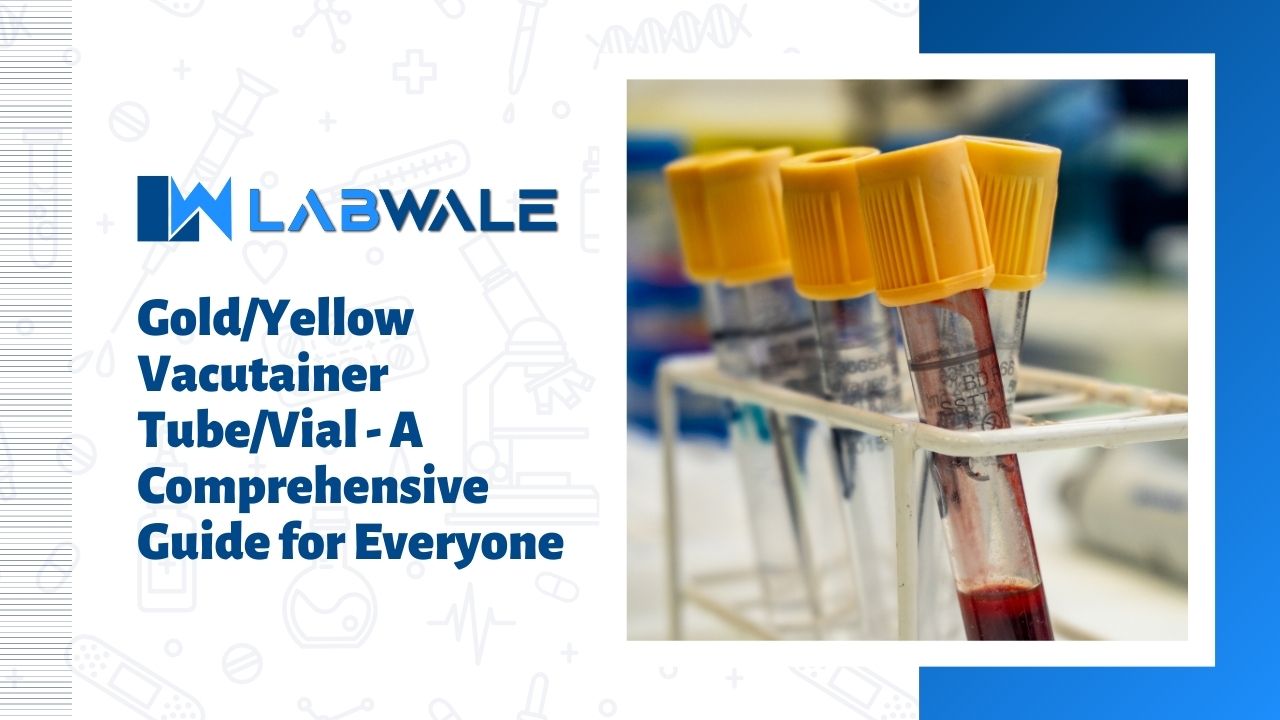
Contents
- Introduction to Gold/Yellow Vacutainer Tubes
- What Is a Gold or Yellow Vacutainer Tube?
- Difference Between Gold Top and Yellow Top Tubes
- Why Gold/Yellow Vacutainer Tubes Are Widely Used in Diagnostics
- Additives Present in Gold/Yellow Vacutainer Tubes
- How Serum Separator Gel Works in Vacutainer Tubes
- Types of Blood Samples Collected Using Gold/Yellow Tubes
- Common Laboratory Tests Performed Using Gold/Yellow Vacutainers
- Role of Gold/Yellow Tubes in Clinical Chemistry Testing
- Advantages of Using Gold/Yellow Vacutainer Tubes
- Limitations and Precautions While Using Gold/Yellow Tubes
- Correct Order of Draw for Gold/Yellow Vacutainer Tubes
- Proper Blood Collection Procedure Using Gold/Yellow Tubes
- Clotting Time and Centrifugation Guidelines
- Storage and Handling Requirements for Gold/Yellow Vacutainers
- Shelf Life and Expiry Considerations
- Safety Standards and Quality Compliance in Vacutainer Tubes
- Common Errors to Avoid During Sample Collection
- How to Identify Genuine and High-Quality Vacutainer Tubes
- Applications in Hospitals, Clinics, and Diagnostic Laboratories
- Gold/Yellow Vacutainer Tubes vs Other Blood Collection Tubes
- Choosing the Right Vacutainer Tube for Accurate Test Results
- Frequently Asked Questions About Gold/Yellow Vacutainer Tube/Vial
Introduction to Gold/Yellow Vacutainer Tubes
When it comes to medical diagnostics, the tools we use can make all the difference. One such tool that plays a vital role in laboratory testing is the gold or yellow Vacutainer tube. These tubes may seem simple, but they hold immense significance in determining our health and well-being.
Imagine stepping into a lab where every detail matters. The color of a tube might not be your first thought, yet it carries essential information about how samples are processed and analyzed. Whether you’re a healthcare professional, student, or just someone curious about blood collection procedures, understanding these tubes will enhance your knowledge of diagnostic practices.
From their unique design to their specific applications in clinical settings, gold/yellow Vacutainers have established themselves as reliable companions for accurate test results. Join us on this journey through everything you need to know about these remarkable tubes—from what sets them apart to their critical role in patient care!
What Is a Gold or Yellow Vacutainer Tube?
Gold or yellow vacutainer tubes are essential tools in the world of laboratory diagnostics. These tubes come with a distinct color-coded cap that indicates their specific purpose.
Typically, they contain a gel separator and clot activators. This combination allows for efficient serum separation after blood collection. Once centrifuged, the gel forms a barrier between the serum and cells, making it easier to analyze samples without contamination.
Healthcare professionals often choose these tubes for tests requiring serum analysis. The design ensures optimal performance during various diagnostic procedures.
Their versatility makes them popular in clinical settings, from hospitals to outpatient labs. With precise labeling and standardized manufacturing processes, gold/yellow vacutainers play a crucial role in obtaining reliable test results swiftly.
Difference Between Gold Top and Yellow Top Tubes
Gold top and yellow top tubes serve different purposes in the laboratory, despite their similar appearance.
The gold tube typically contains a serum separator gel along with clot activators. This combination facilitates the separation of serum from blood cells after centrifugation, making it ideal for various biochemical tests.
On the other hand, yellow top tubes often contain additives like sodium polyanethol sulfonate (SPS) or acid-citrate-dextrose (ACD). These are mainly used for specific applications such as blood cultures or preserving cellular components.
Understanding these differences is crucial for accurate sample collection and processing. Each tube type caters to unique diagnostic needs, ensuring that healthcare professionals receive reliable test results tailored to patient requirements.
Why Gold/Yellow Vacutainer Tubes Are Widely Used in Diagnostics
Gold and yellow Vacutainer tubes have become staples in diagnostic laboratories. Their widespread use stems from their ability to efficiently separate serum for testing. This makes them invaluable for various laboratory analyses.
These tubes are specifically designed to facilitate the collection of blood samples without compromising quality. The inherent properties allow for quick clotting, which is essential for obtaining clear serum samples.
Additionally, they accommodate a broad range of tests, such as metabolic panels and lipid profiles. Laboratories appreciate this versatility since it streamlines the workflow and reduces the need for multiple tube types.
Moreover, gold/yellow tubes often contain separator gel that enhances sample integrity during transport. This ensures reliability in test results, leading to better patient care outcomes.
The combination of efficiency, versatility, and accuracy solidifies their role in modern diagnostics. They are trusted tools that healthcare professionals rely on daily.
Additives Present in Gold/Yellow Vacutainer Tubes
Gold or yellow Vacutainer tubes are designed with specific additives to enhance sample collection and processing.
One significant additive is the serum separator gel. This gel forms a barrier between the serum and cellular components after centrifugation, allowing for easy separation during analysis. It ensures that laboratory technicians obtain pure serum samples without contamination.
Another important component is clot activator. This substance promotes rapid clot formation within the tube, which helps in speeding up the process of obtaining serum for tests. The combination of these additives optimizes both efficiency and accuracy in diagnostic testing.
These specialized features make gold/yellow tubes essential tools in clinical settings where timely results matter greatly. Their formulation supports various laboratory analyses while maintaining sample integrity throughout transportation and handling processes.
How Serum Separator Gel Works in Vacutainer Tubes
Serum separator gel plays a crucial role in the functionality of gold/yellow Vacutainer tubes. This viscous substance acts as a barrier during centrifugation, separating serum from blood cells.
When blood is drawn into these tubes, it clots naturally. After clotting, the tube is spun in a centrifuge. The force causes denser components like red and white blood cells to settle at the bottom.
The serum remains above this layer and comes into contact with the gel. As it settles, the gel solidifies and forms an effective barrier between serum and cellular elements.
This separation ensures that laboratory technicians obtain clear serum samples for testing without contamination from other components. It provides accurate results for various diagnostic tests while minimizing errors related to sample handling or mixing.
Types of Blood Samples Collected Using Gold/Yellow Tubes
Gold or yellow vacutainer tubes are primarily used for collecting serum samples. These tubes are ideal for tests requiring serum analysis, making them a staple in clinical laboratories.
Venous blood is typically drawn using these tubes to ensure accurate results. The process begins with the collection of whole blood, which contains red and white cells along with platelets.
Once collected, the blood sample is allowed to clot before centrifugation separates the serum from cellular components. This separation ensures that only the liquid portion of the blood is used for testing.
Tests performed on these serum samples include chemistry panels, hormone levels, and various serological assays. The gold/yellow tube’s design facilitates this specific type of analysis effectively and efficiently.
Common Laboratory Tests Performed Using Gold/Yellow Vacutainers
Gold or yellow vacutainers play a crucial role in laboratory diagnostics. They are predominantly used for collecting serum samples, which are essential for various tests.
Common laboratory tests include comprehensive metabolic panels (CMP) and liver function tests. These assessments provide valuable insights into organ health and overall metabolism.
Additionally, gold vacutainers are instrumental in measuring hormone levels and conducting thyroid function tests. Accurate results from these assays can significantly impact treatment plans.
Another frequent application is serology testing, where antibodies against infections or diseases are detected through serum analysis. This aspect of diagnostic work is vital for identifying immune responses.
The convenience of using gold/yellow tubes makes them a go-to choice among healthcare professionals. Their design ensures optimal sample integrity during transport to the lab. This reliability contributes to timely diagnosis and effective patient management strategies.
Role of Gold/Yellow Tubes in Clinical Chemistry Testing
Gold or yellow vacutainer tubes play a pivotal role in clinical chemistry testing. These tubes are primarily designed to facilitate the collection and transport of serum samples for various laboratory analyses.
The presence of a serum separator gel within these tubes allows for efficient separation of the serum from blood cells after centrifugation. This is crucial as it ensures that only the clear liquid portion is tested, eliminating any interference from cellular components.
Their versatility makes them ideal for numerous tests, including hormone levels, metabolic panels, and lipid profiles. Accurate test results rely heavily on proper sample handling; gold/yellow tubes ensure reliability through their specific formulation and design.
Moreover, they simplify the workflow in laboratories by providing consistent quality across multiple tests. The ability to perform a wide array of assessments from one sample enhances efficiency while maintaining high standards in clinical diagnostics.
Advantages of Using Gold/Yellow Vacutainer Tubes
Gold/yellow Vacutainer tubes offer several noteworthy advantages that make them a preferred choice in laboratories.
Their unique design allows for efficient serum separation. This is crucial when precise testing is required, helping to eliminate the risk of contamination from cellular components.
The presence of a gel barrier ensures that samples remain stable during transport and storage. This feature contributes significantly to maintaining sample integrity until analysis can be performed.
These tubes are versatile as well, suitable for various tests including hormone levels, lipid panels, and certain infectious disease markers. Their adaptability makes them invaluable in both clinical and diagnostic settings.
Additionally, the clear labeling on these tubes aids in identifying samples quickly, reducing errors during processing. Laboratories appreciate this functionality as it streamlines workflow efficiency while enhancing patient safety through accurate results.
Limitations and Precautions While Using Gold/Yellow Tubes
While gold/yellow vacutainer tubes are essential for many tests, they come with specific limitations. One major concern is the potential for hemolysis if blood samples are drawn too forcefully. This can compromise test results.
Incorrect mixing of the tube’s contents can also affect outcomes. It’s crucial to invert the tube gently several times after collection, as improper handling may lead to clot formation.
Temperature fluctuations during storage and transport present another risk. These tubes should be kept at room temperature to maintain sample integrity.
Additionally, certain medications or conditions might interfere with serum analysis. Always inform lab personnel about any relevant health information before testing.
Expiry dates matter significantly; using outdated tubes could yield unreliable results. Adhering closely to guidelines ensures accurate diagnostics and patient safety in testing procedures.
Correct Order of Draw for Gold/Yellow Vacutainer Tubes
When collecting blood samples, the order of draw is crucial for obtaining accurate results. Gold or yellow vacutainer tubes play a specific role in this procedure.
Begin with sterile equipment and ensure proper hand hygiene. The first step is to fill a red-top tube if it’s part of your collection process. This helps minimize contamination from additives found in other tubes.
Next, you can proceed with the gold or yellow vacutainer. These tubes contain a serum separator gel that facilitates testing without cross-contamination concerns from earlier draws.
Maintaining this order reduces the risk of assay interference, ensuring reliable lab results. It’s essential for healthcare professionals to remain vigilant about these protocols during sample collections to uphold quality standards in diagnostics.
Proper Blood Collection Procedure Using Gold/Yellow Tubes
Proper blood collection is vital for accurate diagnostic results. When using gold or yellow vacutainer tubes, hygiene and technique play crucial roles.
Begin by preparing your workspace. Gather all necessary supplies: gloves, the correct tube, a tourniquet, alcohol swabs, and gauze pads. Ensure everything is within reach to avoid interruptions during the process.
Next, don’t forget personal protective equipment like gloves. Cleanse the puncture site with an alcohol swab in a circular motion from the center outward. Allow it to dry completely before proceeding.
When inserting the needle into the vein, use a smooth motion at about a 15-degree angle. Once you see blood flow into the tube, gently remove any tourniquet applied earlier.
After collecting enough sample volume in the gold/yellow tube, promptly invert it gently several times to mix additives if present. Apply pressure to the puncture site with gauze while safely disposing of sharps according to safety protocols.
Clotting Time and Centrifugation Guidelines
Clotting time is critical when using gold or yellow vacutainer tubes. It refers to the duration it takes for blood specimens to form a solid clot post-collection. Typically, this process ranges from 30 minutes to 1 hour.
Once sufficient clotting has occurred, centrifugation can commence. This step separates serum from cellular components in the sample. Proper centrifugation settings are essential—most labs recommend spinning at around 3,000 RPM for approximately 10 minutes.
Adhering to these guidelines ensures optimal separation and integrity of the serum sample. Improper timing or speed during centrifugation may compromise test results, leading to inaccurate diagnostics.
Always ensure that the tubes are balanced in the rotor and avoid overfilling them; this helps maintain an even distribution of forces during centrifugal action. Following these protocols enhances reliability in clinical chemistry testing outcomes.
Storage and Handling Requirements for Gold/Yellow Vacutainers
Proper storage and handling of gold/yellow Vacutainers is crucial for maintaining sample integrity. These tubes should be stored in a cool, dry place away from direct sunlight. Ideally, temperatures should remain between 15°C to 25°C.
Keep the tubes upright to avoid any leakage or contamination. Handling them with clean hands or gloves will further minimize the risk of introducing contaminants that could compromise test results.
It’s essential to check expiration dates regularly. Expired tubes can lead to inaccurate laboratory findings and create unnecessary complications in diagnosis.
Avoid shaking or agitating the tubes forcefully after blood collection; gentle inversion is recommended instead. This preserves the chemical properties required for accurate analyses while ensuring proper mixing with additives present inside the tube.
Shelf Life and Expiry Considerations
Shelf life is a crucial aspect when it comes to gold/yellow Vacutainer tubes. Each tube has an expiration date printed on the label, which indicates its usability for accurate blood sample collection.
Using expired tubes can lead to unreliable test results. The integrity of additives and materials may degrade over time, compromising their effectiveness.
Proper storage conditions are essential for maintaining shelf life. Tubes should be kept in a cool, dry place away from direct sunlight or extreme temperatures.
Frequent checks on inventory help labs stay compliant with safety standards and ensure samples are collected using reliable equipment.
Discarding expired tubes promptly helps prevent mix-ups and ensures quality control within diagnostic processes.
Safety Standards and Quality Compliance in Vacutainer Tubes
Safety standards and quality compliance are crucial in the production of Vacutainer tubes. These guidelines ensure that the tubes meet industry expectations for performance and reliability.
Manufacturers must adhere to strict regulations set by health organizations. This includes using materials that are safe, non-toxic, and suitable for blood collection. Regular testing is conducted to verify that these products maintain their integrity throughout their shelf life.
Quality controls also encompass sterilization processes. Each tube undergoes rigorous examination before being packaged for distribution. This guarantees that healthcare providers receive a product free from contamination.
Additionally, certifications such as ISO standards play an essential role in manufacturing practices. They assure users of consistent quality across different batches.
By following these safety measures, manufacturers help protect patients during diagnostic procedures while delivering accurate results for critical medical decisions.
Common Errors to Avoid During Sample Collection
Sample collection plays a crucial role in obtaining accurate diagnostic results. However, certain common errors can compromise the integrity of the samples.
One significant mistake is improper tube selection. Using the wrong type of vacutainer can lead to contamination or inadequate test results. Always ensure you choose gold/yellow tubes for serum tests.
Another error involves incorrect filling techniques. Overfilling or underfilling tubes affects serum volume and may skew laboratory analysis.
Neglecting patient identification is also critical. Failing to label samples correctly can result in misdiagnosis or treatment delays.
Not following proper protocols during venipuncture, such as using an expired tube or failing to allow alcohol antiseptic to dry, introduces variables into your findings that could be avoided with careful preparation.
How to Identify Genuine and High-Quality Vacutainer Tubes
Identifying genuine and high-quality vacutainer tubes is crucial for accurate test results. Start by examining the packaging. Authentic products usually have clear branding, lot numbers, and expiry dates.
Next, inspect the tube itself. Genuine vacutainers are made from durable plastic or glass that feels sturdy in hand. Look for smooth edges without any cracks or defects.
Check for proper labeling as well. High-quality tubes will display clear markings regarding volume capacity and additive information.
Be cautious of unusually low prices; they can be a red flag for counterfeit products. Always purchase from reputable suppliers to ensure quality assurance.
Consider seeking recommendations from laboratory professionals who frequently use these tubes. Their insights can guide you toward trusted brands known for reliability and performance in diagnostics.
Applications in Hospitals, Clinics, and Diagnostic Laboratories
Gold and yellow Vacutainer tubes play a crucial role in various healthcare settings. Their primary application lies in the collection of serum samples for biochemical analyses.
In hospitals, these tubes are essential for routine blood tests that assess organ function, hormone levels, and nutrient status. The quick processing capabilities of gold/yellow tubes allow clinicians to make timely decisions regarding patient care.
Clinics utilize these vials for outpatient testing as well. They provide a convenient solution for collecting specimens from patients visiting for check-ups or specific concerns.
Diagnostic laboratories benefit significantly from gold/yellow Vacutainers due to their compatibility with automated analyzers. This optimizes workflow efficiency while minimizing contamination risks during sample handling.
These versatile tubes ensure reliable results across multiple disciplines including endocrinology, immunology, and toxicology. Their widespread use underscores their importance in delivering quality patient outcomes.
Gold/Yellow Vacutainer Tubes vs Other Blood Collection Tubes
Gold/yellow Vacutainer tubes stand out for their specific role in serum testing. Their unique formulation includes a gel separator, which enhances the efficiency of separating serum from blood cells after centrifugation.
Comparatively, other tubes like lavender or green serve different purposes. Lavender tops are primarily used for hematology tests, while green tops contain heparin and are ideal for plasma collection.
What sets gold/yellow apart is its versatility in clinical chemistry. It’s often the go-to choice when multiple tests require serum samples due to its reliable performance across various diagnostics.
Moreover, the color-coded design simplifies identification, ensuring healthcare professionals select the correct tube during sample collections. This minimizes errors and improves patient outcomes by facilitating accurate test results efficiently. Each type has its niche; understanding these differences aids laboratories in making informed choices tailored to specific testing needs.
Choosing the Right Vacutainer Tube for Accurate Test Results
Selecting the right Vacutainer tube is crucial for obtaining accurate test results. Each tube type serves a specific purpose, and understanding these can significantly impact diagnostic outcomes.
Consider the tests being conducted. Gold/yellow tubes are ideal for serum collection, while other colors cater to different analyses like coagulation or hematology. The additives inside each tube also play a vital role in sample preservation and reaction.
Another essential factor is proper handling during blood collection. Ensure that you’re using the correct order of draw to avoid cross-contamination between samples.
Check expiration dates and storage conditions before use, as compromised tubes may lead to erroneous readings. By paying attention to these details, healthcare professionals can enhance reliability in lab tests and ensure better patient care outcomes without unnecessary delays or complications.
Frequently Asked Questions About Gold/Yellow Vacutainer Tube/Vial
When it comes to gold/yellow Vacutainer tubes, many questions arise. Here are some common inquiries along with their answers:
What is the purpose of a gold/yellow Vacutainer tube?
Gold or yellow Vacutainers are primarily used for serum collection in various laboratory tests. They contain additives that promote clotting and separate serum from blood cells.
Can I use a gold/yellow tube for all types of blood tests?
While these tubes are versatile, they aren’t suitable for every test type. Always consult your lab guidelines to determine the appropriate tube needed for specific analyses.
How long does it take for blood to clot in a gold/yellow tube?
Typically, clotting takes around 30 minutes at room temperature before centrifugation can occur. This timeframe might vary slightly based on individual factors and conditions.
Are there any safety concerns associated with using these tubes?
As with any medical equipment, proper handling and disposal practices must be followed to ensure safety and prevent contamination or injury during sample collection.
How do I know if my Vacutainer tubes are expired or defective?
Check the expiration date printed on the packaging or label of each tube before use. Look out for signs of damage or leakage as well; such defects could compromise test results.


 Anatomy Lab Equipments
Anatomy Lab Equipments
 Biochemistry Lab Equipments
Biochemistry Lab Equipments
 Biology Lab Equipments
Biology Lab Equipments
 Chemistry Lab Equipments
Chemistry Lab Equipments
 Cytology Lab Equipments
Cytology Lab Equipments
 Cytopathology Lab Equipments
Cytopathology Lab Equipments
 Dental Lab Equipments
Dental Lab Equipments
 Forensic Lab Equipments
Forensic Lab Equipments
 Genetics Lab Equipments
Genetics Lab Equipments
 Hematology Lab Equipments
Hematology Lab Equipments
 Histology Lab Equipments
Histology Lab Equipments
 Histopathology Lab Equipments
Histopathology Lab Equipments
 Mathematics Lab Equipments
Mathematics Lab Equipments
 Microbiology Lab Equipments
Microbiology Lab Equipments
 Molecular Biology Lab Equipments
Molecular Biology Lab Equipments
 Pathology Lab Equipments
Pathology Lab Equipments
 Pharmaceutical Lab Equipments
Pharmaceutical Lab Equipments
 Physics Lab Equipments
Physics Lab Equipments
 Radiology Lab Equipments
Radiology Lab Equipments
 Science Lab Kit’s
Science Lab Kit’s
 Toxicology Lab Equipments
Toxicology Lab Equipments

 Borosilicate Glass Beaker
Borosilicate Glass Beaker
 Plastic Beaker (Euro Design)
Plastic Beaker (Euro Design)
 Plastic Beaker (Printed Graduation)
Plastic Beaker (Printed Graduation)
 Test Tube Brush
Test Tube Brush
 Measuring Cylinder Brush
Measuring Cylinder Brush
 Conical Flask Brush
Conical Flask Brush
 Volumetric Flask Brush
Volumetric Flask Brush
 Round Bottom Flask Brush
Round Bottom Flask Brush
 Glass Beaker Brush
Glass Beaker Brush
 Pipette Brush
Pipette Brush
 Wash Bottle Brush
Wash Bottle Brush
 Borosilicate Büchner Flask
Borosilicate Büchner Flask
 Borosilicate Erlenmeyer/Conical Flask
Borosilicate Erlenmeyer/Conical Flask
 Borosilicate Pear-Shaped Flask
Borosilicate Pear-Shaped Flask
 Borosilicate Round Bottom Flask
Borosilicate Round Bottom Flask
 Plastic Conical Flask
Plastic Conical Flask
 Plastic Volumetric Flask
Plastic Volumetric Flask
 Bunsen Burner
Bunsen Burner
 Spirit Lamp
Spirit Lamp
 Borosilicate Glass Burette
Borosilicate Glass Burette
 Plastic Burette
Plastic Burette
 Capillary Tube
Capillary Tube
 Centrifuge Tube
Centrifuge Tube
 Test Tube
Test Tube
 Ria Vial
Ria Vial
 Vacutainer Tubes
Vacutainer Tubes
 Syringes
Syringes
 Student Microscope
Student Microscope
 Binocular Microscope
Binocular Microscope
 Dissecting Microscope
Dissecting Microscope
 Microscope Glass Slides
Microscope Glass Slides
 Cover Slip
Cover Slip
 Inoculating Loop
Inoculating Loop
 Slide Box
Slide Box
 Lamps
Lamps
 Oils
Oils
 Beaker Tongs
Beaker Tongs
 Crucible Tongs
Crucible Tongs
 Flask Tongs
Flask Tongs
 Borosilicate Glass Funnel
Borosilicate Glass Funnel
 Plastic Funnels
Plastic Funnels
 Wash Bottle
Wash Bottle
 Borosilicate Glass Reagent Bottle
Borosilicate Glass Reagent Bottle
 Plastic Reagent Bottle
Plastic Reagent Bottle
 Borosilicate Measuring Cylinder
Borosilicate Measuring Cylinder
 Plastic Measuring Cylinder
Plastic Measuring Cylinder
 Borosilicate Glass Graduated Pipette
Borosilicate Glass Graduated Pipette
 Borosilicate Glass Volumetric Pipette
Borosilicate Glass Volumetric Pipette
 HB Pipette
HB Pipette
 Pasteur Pipette
Pasteur Pipette
 Micropipettes
Micropipettes
 Micropipette Tips
Micropipette Tips
 Filter Paper
Filter Paper
 Litmus Paper
Litmus Paper
 pH Paper
pH Paper
 Chromatography Paper
Chromatography Paper
 Plastic Petri Plates (Sterile)
Plastic Petri Plates (Sterile)
 Glass Petri Plates (Non-Sterile)
Glass Petri Plates (Non-Sterile)
 Safety Goggles
Safety Goggles
 Lab Coats
Lab Coats
 Gloves
Gloves
 Masks
Masks
 Shoe Covers
Shoe Covers
 Hair & Beard Covers
Hair & Beard Covers
 Steel Spatula
Steel Spatula
 Plastic Spatula
Plastic Spatula
 Hitachi Sample Cup
Hitachi Sample Cup
 Plastic Scoop
Plastic Scoop
 Plastic Medicine Cup
Plastic Medicine Cup
 Dissecting Tool Kit
Dissecting Tool Kit
 Dissecting Forceps
Dissecting Forceps
 Hemostatic Forceps
Hemostatic Forceps
 Thumb Forceps / Tweezers
Thumb Forceps / Tweezers
 Blood Culture Bottle
Blood Culture Bottle
 Urine Container
Urine Container
 Wooden Swab Stick
Wooden Swab Stick
 Test Tube Holder
Test Tube Holder
 Test Tube Racks
Test Tube Racks
 Magnifying Glass
Magnifying Glass
 Watch Glass
Watch Glass
 Mortar and Pestle
Mortar and Pestle
 Coplin Jar
Coplin Jar
 Plastic Stirrer
Plastic Stirrer
 Glass Stirrer
Glass Stirrer
 Crucible
Crucible
 Tripod
Tripod
 Wire Mesh
Wire Mesh
 Laboratory Thermometer
Laboratory Thermometer
 Tourniquet
Tourniquet
 Alcohol Swab
Alcohol Swab
 Blood Lancet
Blood Lancet
 Bandage
Bandage
 Gloves & Masks
Gloves & Masks







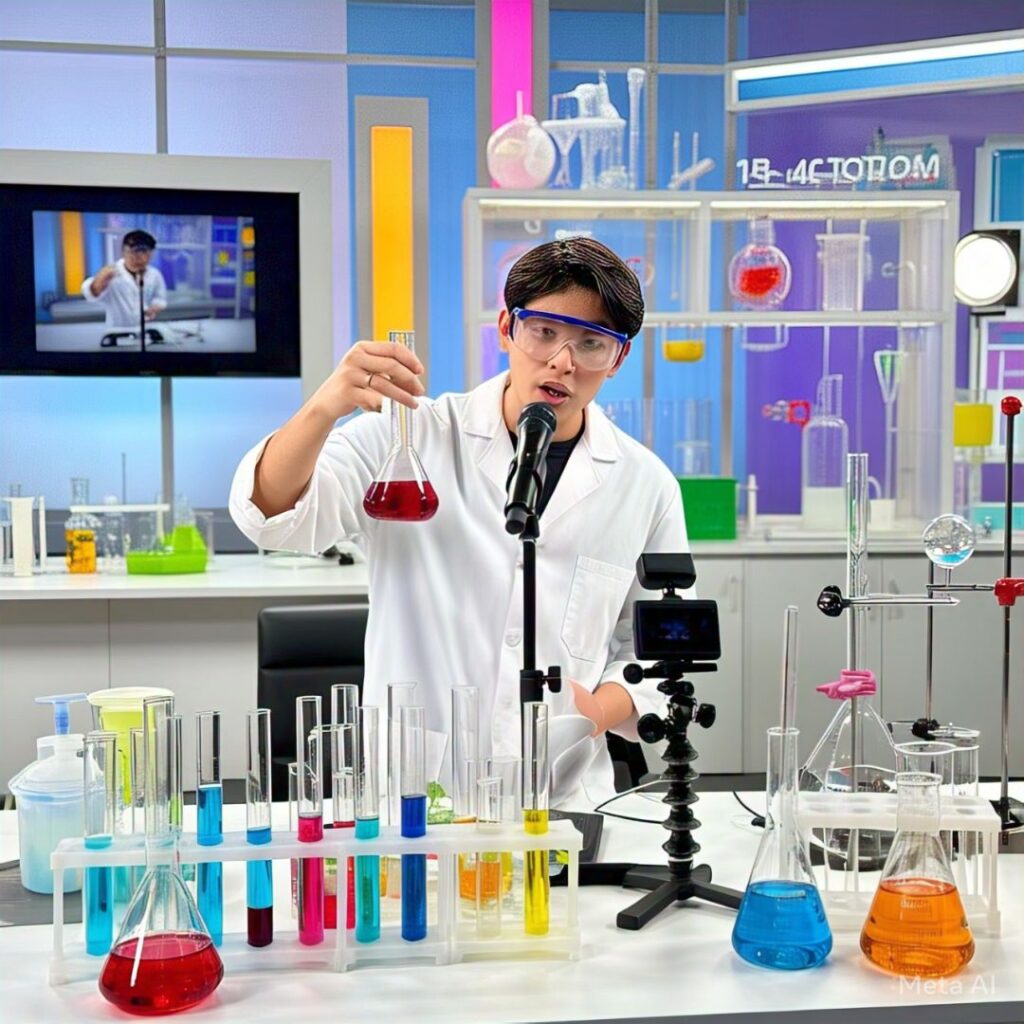
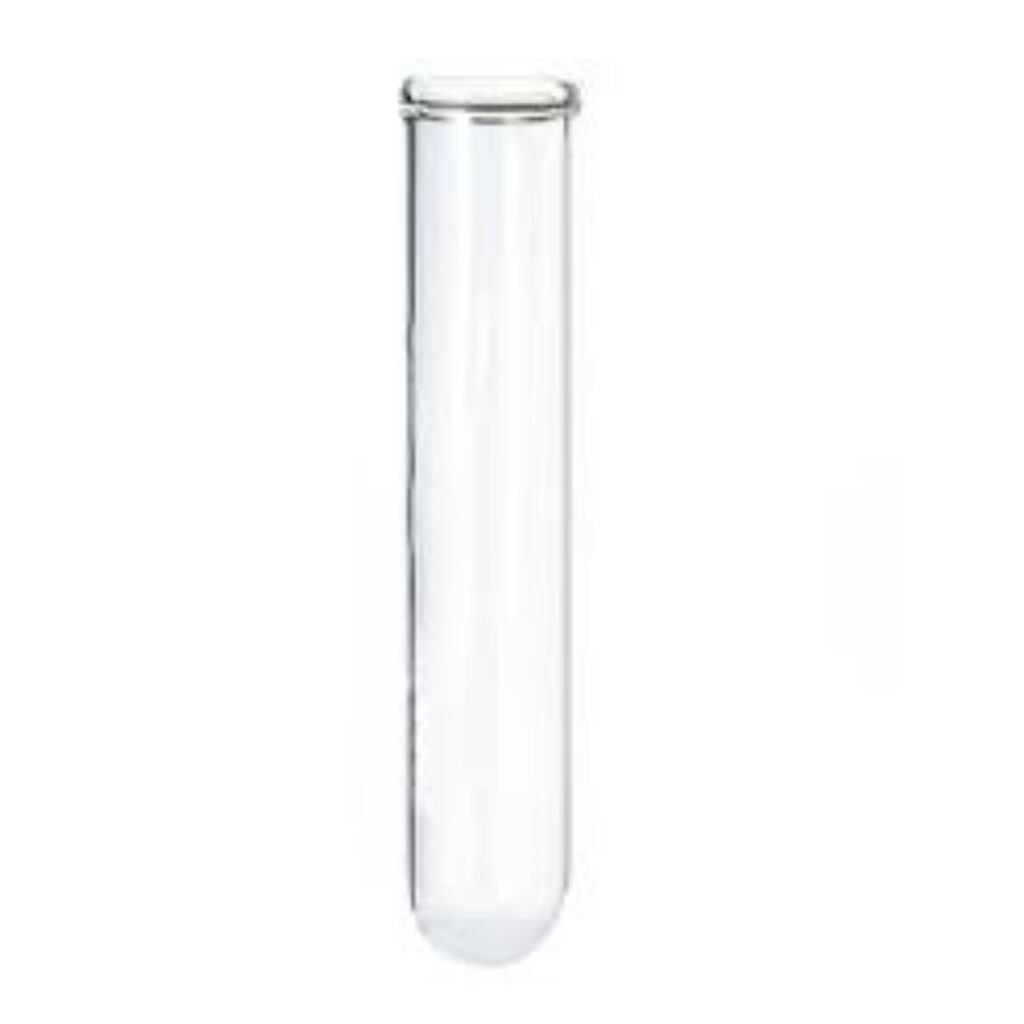
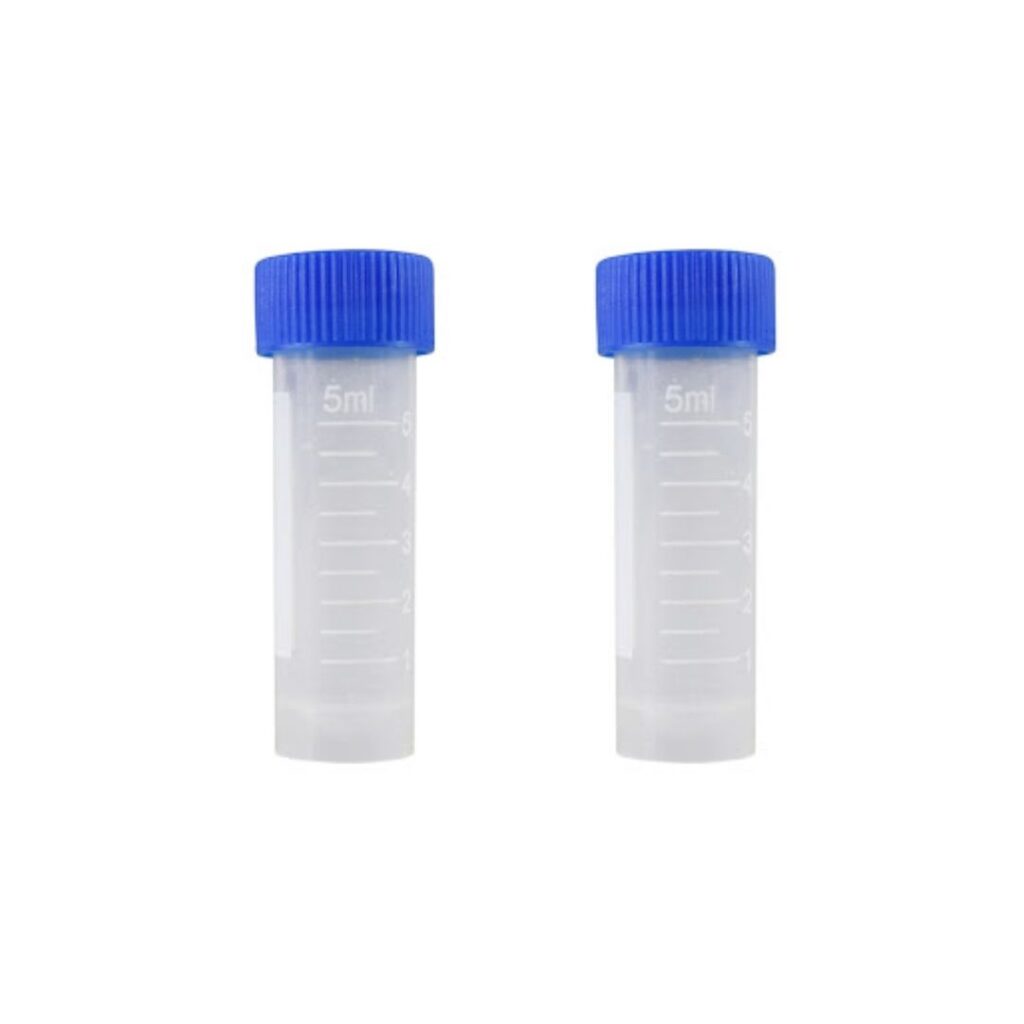
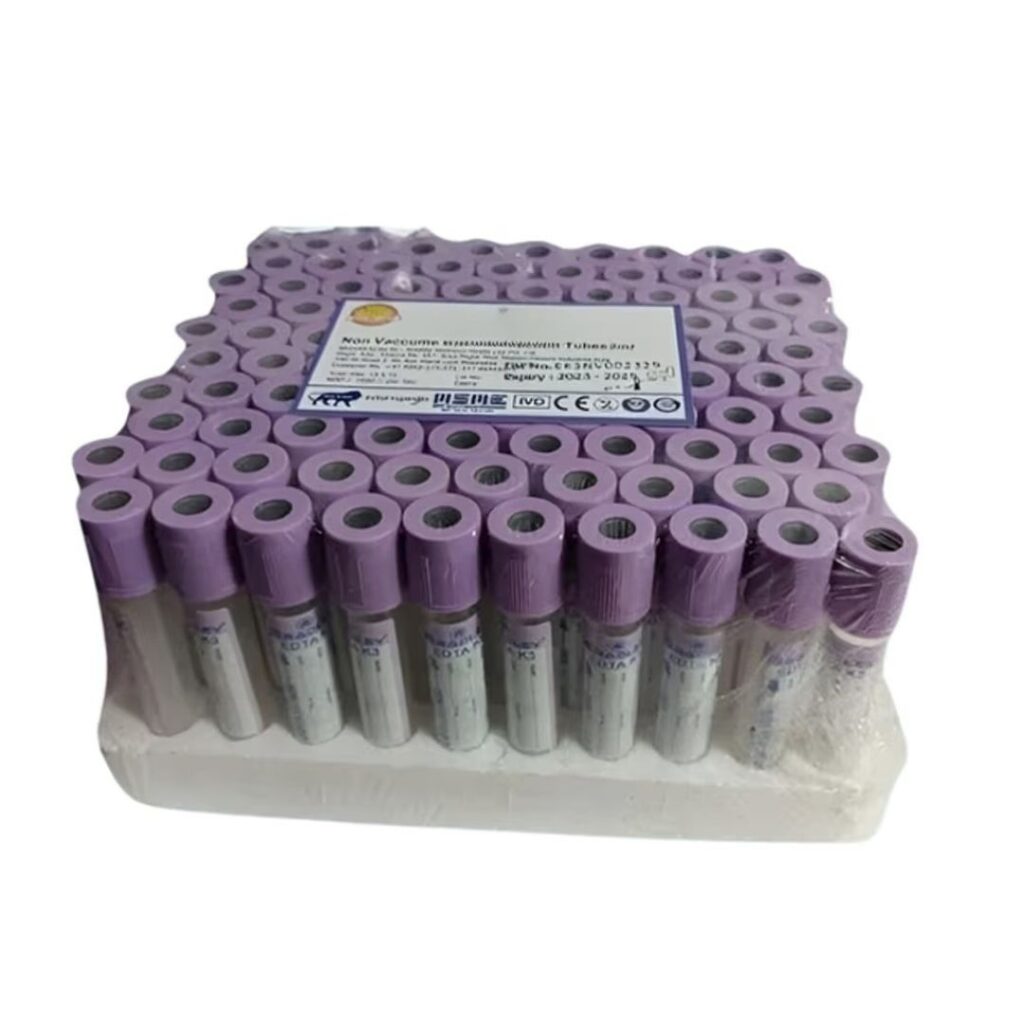
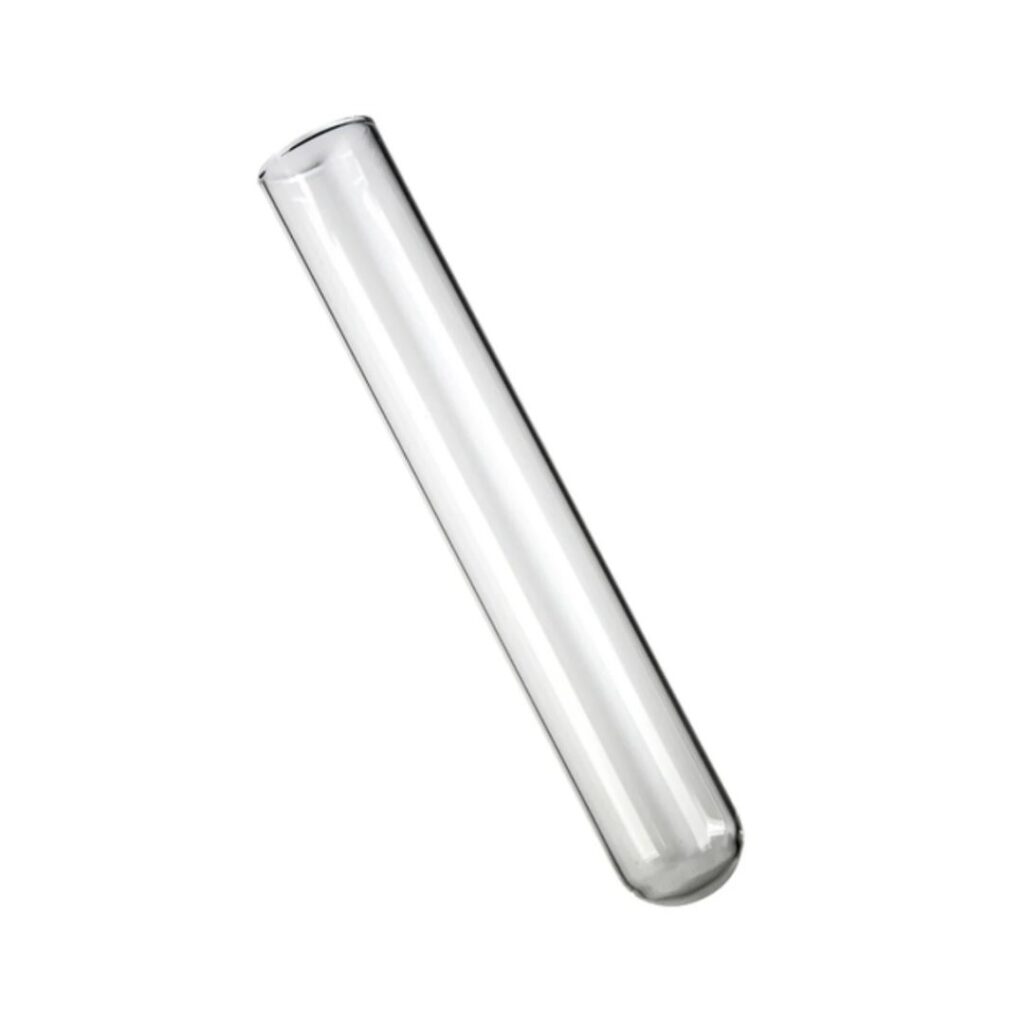
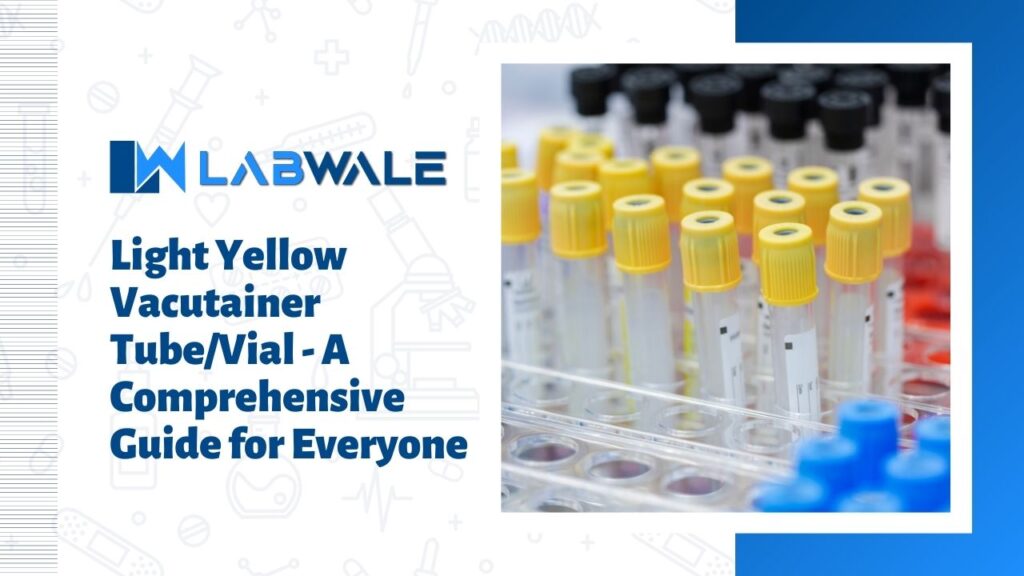
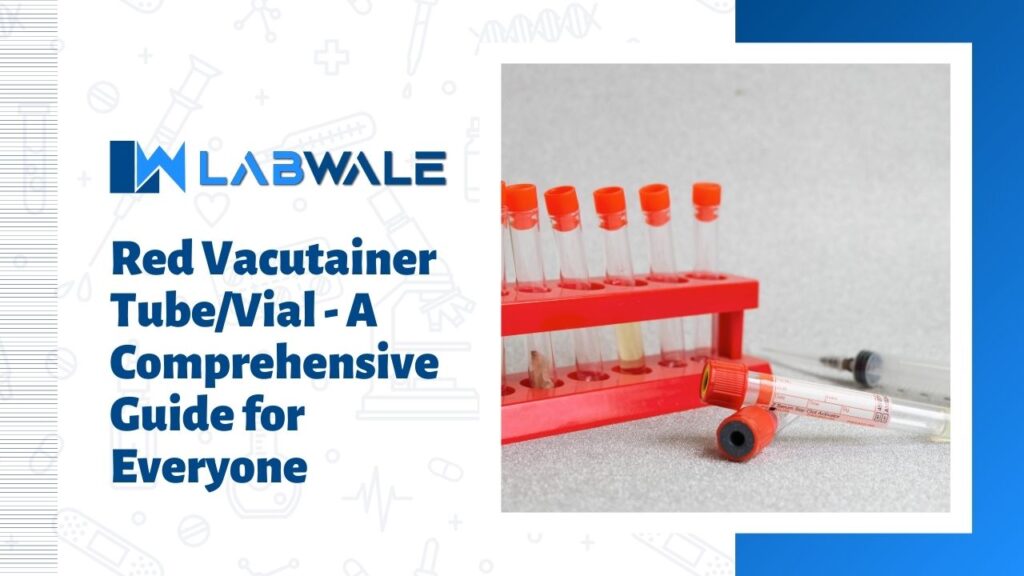
 Cardiology
Cardiology Clinical Oncology
Clinical Oncology






